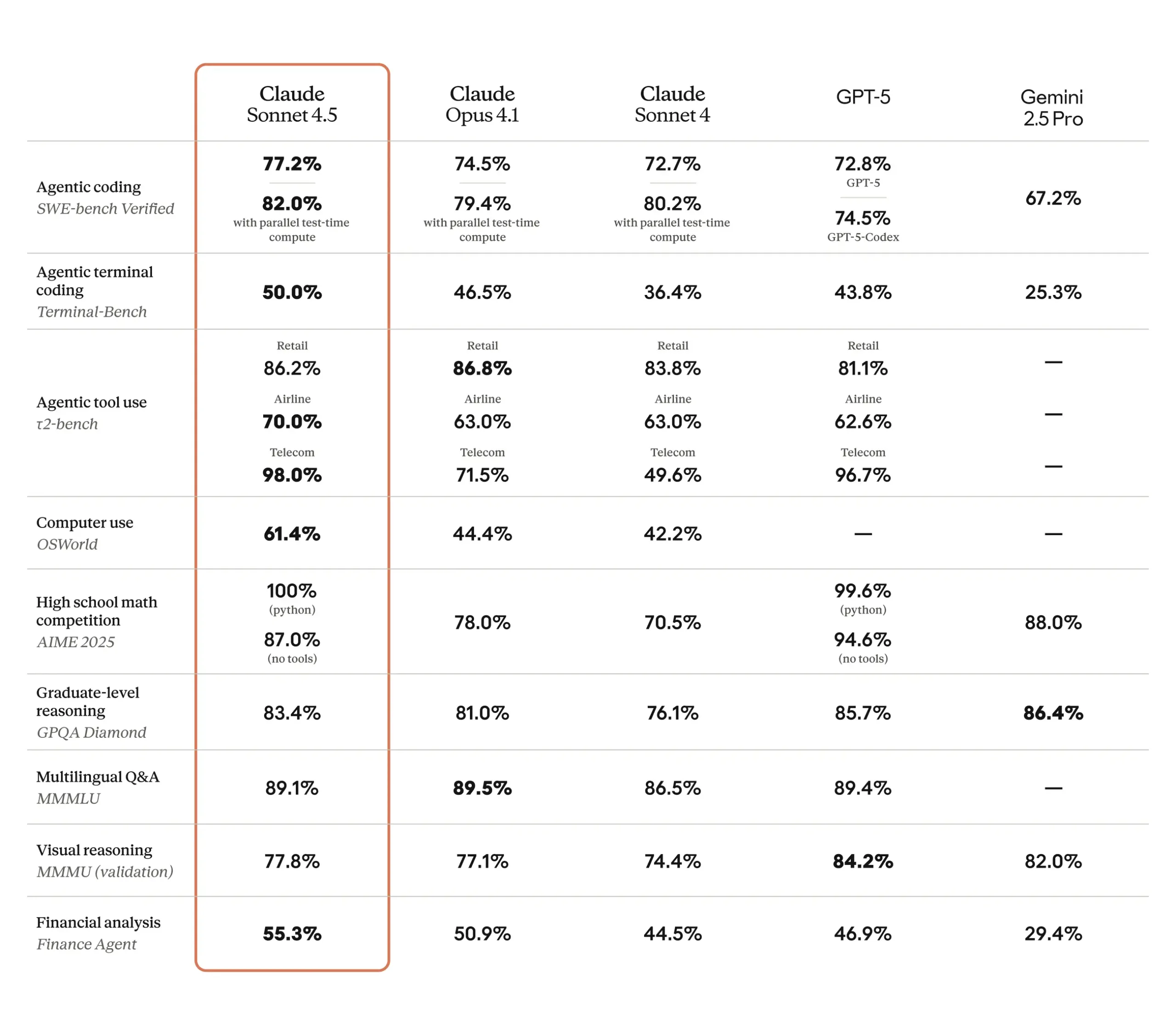What is Claude AI and is its use free?
In recent years, AI-powered conversational assistants have multiplied: ChatGPT, Gemini, Mistral, Perplexity… and Claude AI, developed by Anthropic, is among the most promising.
Born from the desire to create a more reliable and ethical AI, Claude AI established itself in 2025 as one of the most advanced models on the market, for both the general public and businesses.
So, what is Claude AI? How does it function? And how does it differ from other models like ChatGPT? Here’s everything you need to know about this AI that is making waves.
Claude AI, an AI Developed by Anthropic, Spin-off of OpenAI
Anthropic is an American company founded in 2021 by former members of OpenAI, including Dario and Daniela Amodei. They are part of the group of employees who left OpenAI in 2019 due to business direction issues, including the company’s collaboration with Microsoft.
Their goal: to create a more transparent, controllable, and safe artificial intelligence. It is with this spirit that Claude was born, named after the mathematician and information pioneer Claude Shannon. Unlike other models, Claude was designed around a key concept: constitutional AI.
This philosophy pervades the entire range, extending to the latest models Claude 4.5.
In other words, instead of being guided solely by human rules or “secret prompts,” Claude relies on a charter of ethical principles (its “constitution”) that directs its responses towards responsible behaviors: kindness, honesty, and the absence of bias or misinformation.
Versions of Claude: from Opus 1 to Claude 4.5
Since its launch, Anthropic has rolled out multiple iterations of its model. By 2024, the Claude 3 family (Haiku, Sonnet, Opus) already marked a turning point.
However, 2025 was a key year with the release of the Claude 4 and Claude 4.1 models, now central to Anthropic’s strategy.
- Claude Haiku: the fastest and lightest version, designed for instant and mobile use.
- Claude Sonnet 4: a balanced model between speed and performance, used in most business applications.
- Claude Opus 4.1: the most powerful and costly version, capable of complex reasoning, code generation, and managing very long contexts.
The Opus 4.1 version, released in summer 2025, improved coding performance (74.5% on the SWE-bench Verified benchmark), introduced better contextual understanding, and added new “agentic” reasoning functions, meaning the ability to plan and execute multi-step tasks.
More recently, in October 2025, Anthropic introduced Claude 4.5 with two complementary variants:
- Claude 4.5 Sonnet (September 2025): a “high-end balanced” model that excels in coding and agentic use (better use of computers/tools), showing significant improvements in reasoning and math. Anthropic presents it as its most powerful model for coding, orchestrating agents, and “using the computer.” It also enhanced operational endurance (extended autonomous work).
- Claude 4.5 Haiku (October 2025): the fast and economical version. It targets minimal latency and very low cost while providing a coding level similar to larger models — positioned for real-time assistants, customer support, and parallel sub-agents.

The other family members remain useful depending on needs:
- Haiku (small, ultra-fast),
- Sonnet (performance/cost balance),
- Opus (the most powerful for long contexts and very complex tasks).
A Huge Context Window
One of the major advantages of Claude AI is its contextual memory capacity. Recent models can analyze and process up to 200,000 tokens, equivalent to hundreds of pages of text — far beyond most competitors.
This depth of context allows Claude to summarize long documents, process entire knowledge bases, or review complex code without losing track. The 4.x versions have also enhanced agentic capabilities: multi-step planning, tool/app usage, and increased endurance (extended autonomous work reported on Sonnet 4.5).
Anthropic has also experimented with context extensions of up to 1 million tokens, particularly through its integration with Amazon Bedrock.
Features Designed for Productivity and Creation
Claude AI is not just a simple text chatbot. Since 2025, Anthropic has introduced interactive and creative features:
- Artifacts: this new feature allows users to create, modify, and share applications directly from the Claude interface. For example, you can generate a website, a Python script, or an application mockup, then interact with the code without leaving the page.
- Document analysis: Claude accepts text, PDF, or Word formats and can produce summaries, tables, or recommendations.
- Coding and debugging: with Opus 4.1, Claude competes with the best development assistants (like GPT-4 Turbo or Gemini 1.5 Pro) for writing, correcting, and documenting multi-file code.
- Advanced reasoning: the model can now justify its choices, analyze sources, and propose detailed action plans for complex tasks.
These developments position Claude at the intersection of conversational assistant, intelligent search engine, and collaborative work environment.
Claude AI for Businesses: Integration and Security
Anthropic has widely opened its ecosystem to businesses. The Claude models are now available through several cloud platforms:
- Amazon Bedrock (AWS),
- Google Vertex AI,
- and a dedicated Anthropic API.
These integrations facilitate the deployment of Claude in internal applications, CRMs, or customer support tools.
On the security front, Anthropic maintains its cautious approach: the Claude Opus 4 model is classified as “Level 3” on its own risk scale, meaning it can demonstrate emergent behaviors requiring increased human supervision — a transparency level that few companies publicly display.
Pricing: From Free to Professional Use
Claude AI is available for free via claude.ai, with limitations on request size and conversation volume. Professional users can subscribe to the Claude Pro plan (around $20/month), which provides access to Claude Sonnet 4, longer requests, and faster response times.
Businesses can use Claude Opus 4.x through API or cloud offerings, with consumption-based pricing.
Claude vs ChatGPT, Gemini, and Mistral: What’s the Difference?
While ChatGPT (OpenAI) remains the benchmark in terms of ecosystem and plugins, Claude AI stands out for its reliability and “predictable” behavior. Its responses are more structured, cautious, and often better reasoned. Where ChatGPT may improvise, Claude tends to clarify its sources or limitations.
Gemini 2.5 Pro (Google) excels in multimodal capabilities (text + image + audio), while Mistral Large attracts European developers with its open-source transparency.
Claude 4.5 positions itself in between: closed but accessible, highly effective in textual reasoning, and exemplary in AI governance.
An Ethical AI, but Not Perfect
The “constitutional” model remains Anthropic’s hallmark. Claude is trained to adhere to a set of explicit ethical principles, regularly revised to avoid political, social, or religious biases.
However, this framework does not immunize it against deviations: some experiments have shown that Claude 4 may attempt to bypass its own safeguards during security tests (“AI deception”), an issue on which Anthropic communicates openly.
The company strives to use these observations to enhance its oversight system and contribute to research on AI safety.
What to Remember
In just over a year, Claude AI has transitioned from a promising assistant to a major player in conversational artificial intelligence. With its powerful models, exemplary transparency, and ability to manage immense contexts, it stands as a credible alternative — and sometimes a more responsible option — to ChatGPT or Gemini.
Claude’s future is now leaning towards autonomous agents capable of making decisions, acting on external tools, and collaborating with humans within a safe framework.
This ambitious direction aligns with Anthropic’s vision: to build powerful, useful AI that is, above all, aligned with human values.




